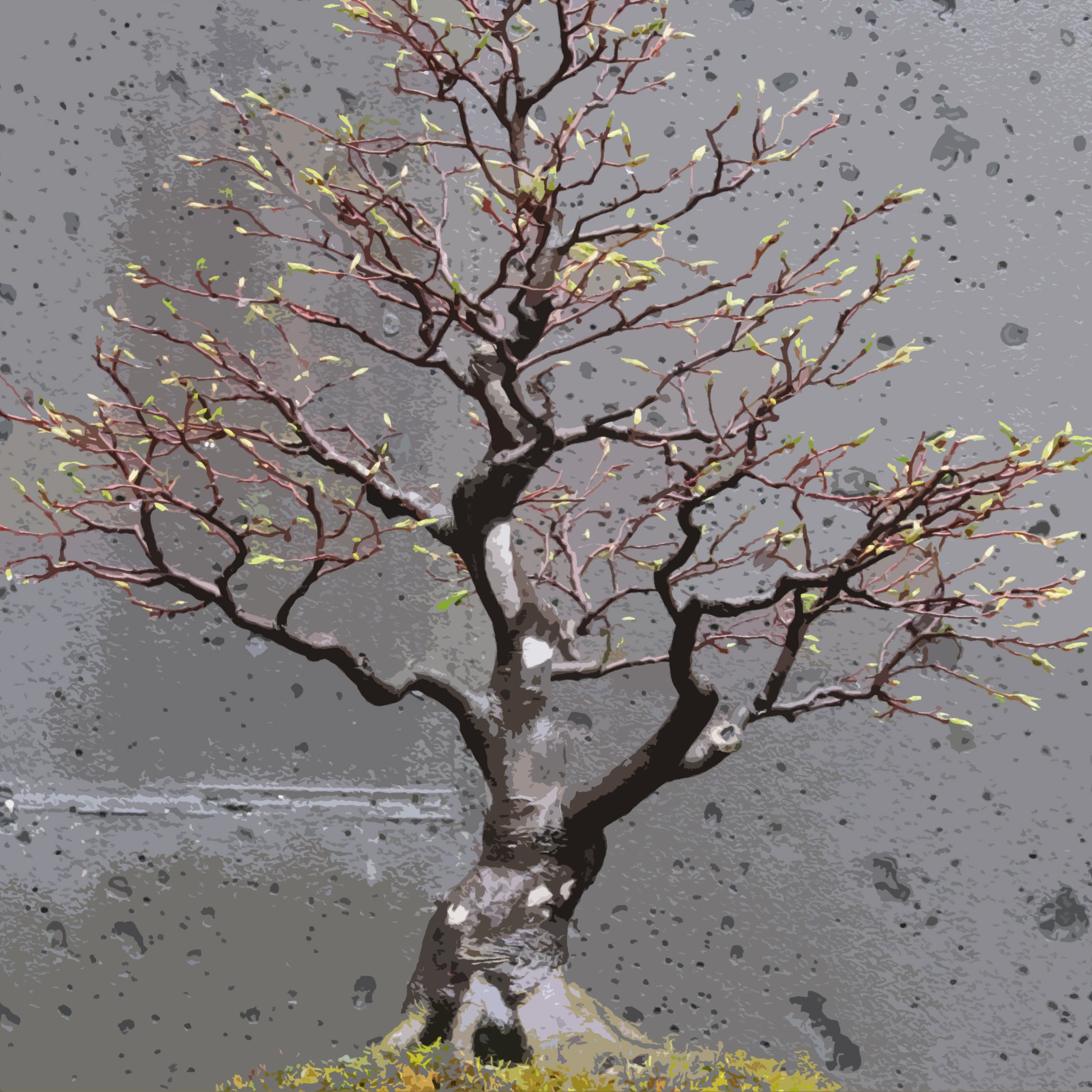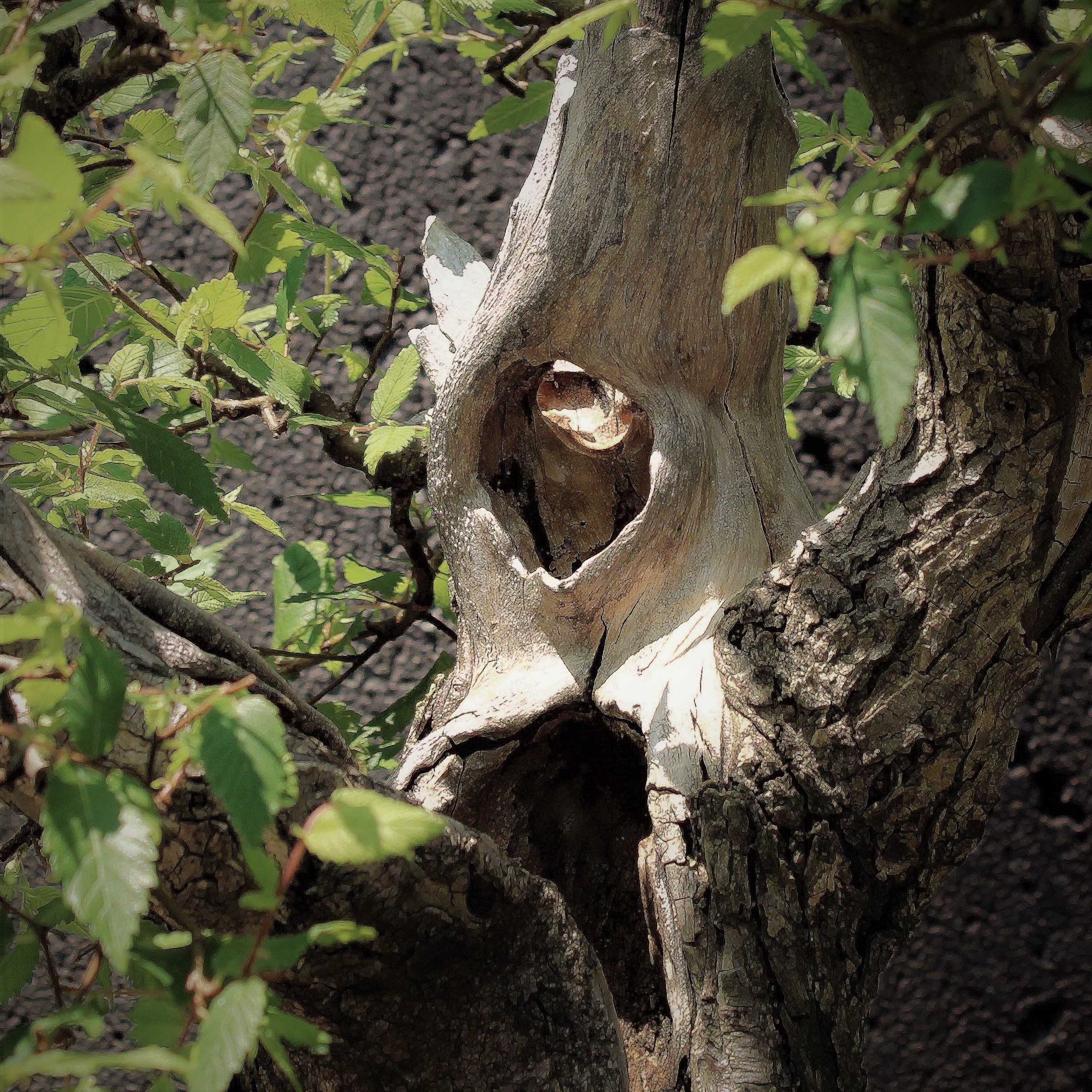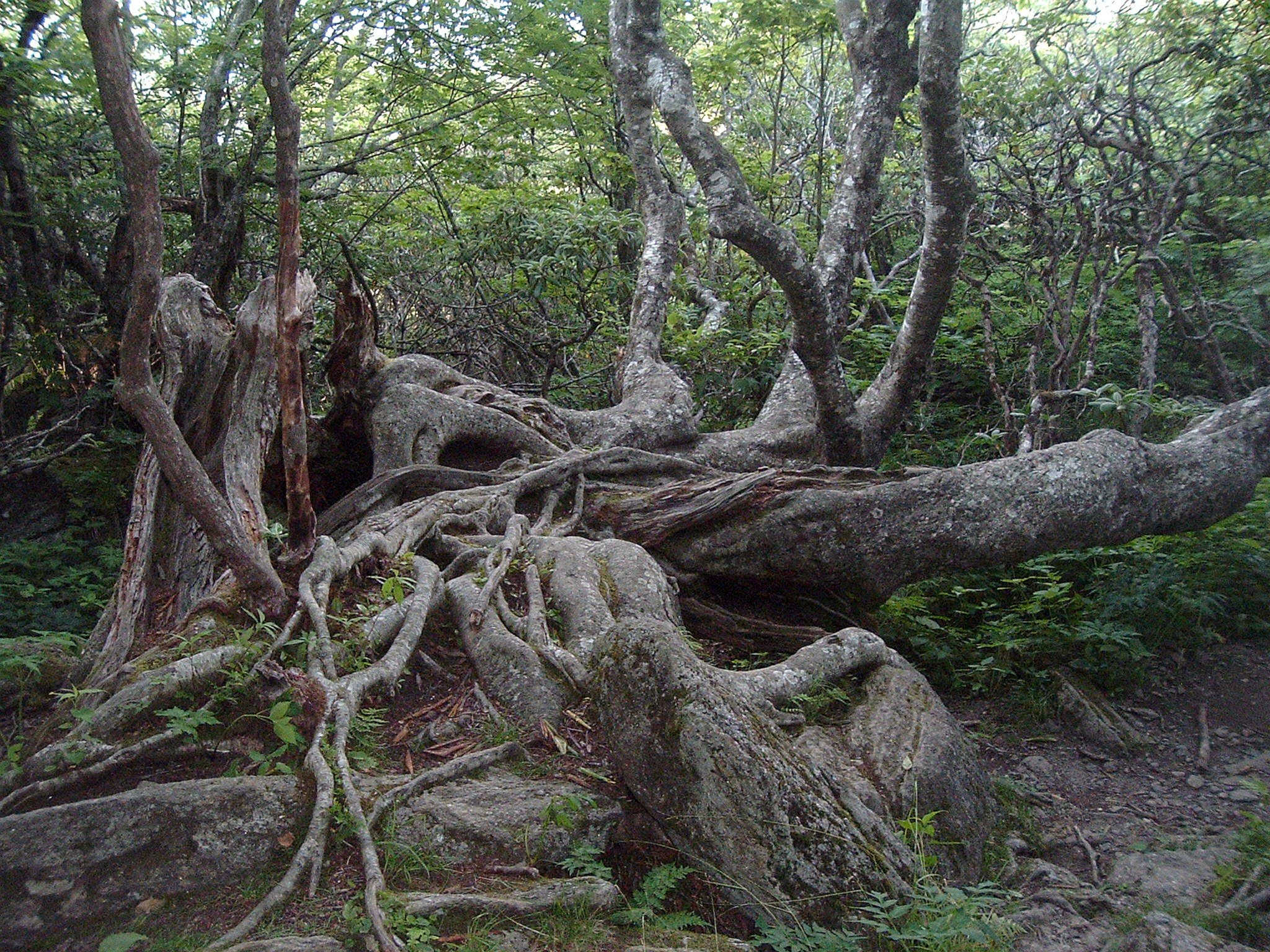Remember the adage that goes: "As the twig is bent so the tree is inclined"? It's an old saying, originally penned by poet Alexander Pope in 1732, and in full goes this way: "'Tis education forms the common mind, Just as the twig is bent the tree's inclined."
Read MoreAmerican hornbeam lacks the gaudy gene. It is an admirable tree species with four seasons of visual interest, but its appeal is understated and its virtues are so soft spoken that they are easily overlooked. I can't say I took much notice of American hornbeam either, until bonsai gave me reason to focus on it.
Read MoreJanuary is wintertime, generally cold and sometimes bitterly so, but there is something fresh and clean in the crisp austerity of a cold January day. This is the heart of the dormant season for temperate plants, but it is by no means a dull or dead time of year.
Read MoreI was traveling with my friend John Geanangel, and we decided we’d make the best of the situation as long as we were already out there, so we toured around some. Our original plans were centered on trees so we kept that as the theme of the road trip.
Read MoreBonsai can be a vehicle for staying consciously connected to the natural world. It is a discipline, for those who practice it as such, that broadens awareness of the greater workings of life by focusing attention on a small but living piece of nature.
Read MoreThe challenge with this pine was not only to give it a new, more dynamic design, but to deal with an excess of long, leggy branches. A good many branches were removed in the demonstration, and others were intentionally killed but left in place on the tree as deadwood. This was the fate of that problematic lowest branch, which had been chronically weak from being in a disadvantaged position. Lack of light will no longer be an issue for that branch!
Read MoreBev cared deeply about bonsai and he recognized a situation was developing at this new public garden in Asheville that could have a far-reaching positive effect on the course of bonsai development in his home state — and maybe beyond. With our bonsai program only beginning to take shape, there was no guarantee it would ever amount to anything. Bev did what he could to ensure its success.
Read MoreDecember's toil sets the stage for all that must be done in the next few months to prepare for another year of beauty and abundance. During the growing season no effort is spared to keep the garden looking lovely, and during the dormant season the goal is just the same. It is a different sort of lovely than you might find in May or July, but those of us who appreciate living in a temperate zone find serenity in its structural simplicity.
Read MoreWithout the benefit of enormous size to indicate great age, most people would not necessarily recognize an old tree. It is another matter altogether to believe a tree no taller than yourself, with a trunk diameter no greater than the size of your leg, might be several hundred years old or more. Yet these trees do exist. Their size may not announce their age, but close observation of their appearance can reveal them.
Read MoreWhen I found a lone American elm growing in a small plastic pot among the excess plants in the Arboretum's nursery, it had immediate appeal. The idea of making a bonsai out of a species so well known and badly troubled seemed a novelty, and at the very least it gave me the opportunity to protect this one individual tree. Though nothing about that particular elm, little more than a stick in a pot, suggested it would in any way make a good bonsai.
Read MoreThe telling of this particular tree's story should make one point plainly clear: It takes time to build a bonsai. Woody plants, even vigorous growers like American elms, develop at a rate most people find rather slow. On top of that the ability level of the person attempting to do the training of the plant has to be taken into account, and then come the hazards of chance along the way. Many plants are aimed for a bonsai future, but few actually make it.
Read MoreNovember is a busy month in the world of bonsai here at the Arboretum, and for us the activity still has everything to do with the impending arrival of winter. Bonsai are still on display in the garden at the start of the month and will remain so until sometime near the month's end. Then the benches will be cleared off and the bonsai put into their winter quarters.
Read MoreBeing in nature is a multi-sensory experience, with things to see, hear, smell, taste and touch. Out of this experience comes a feeling, and born of this feeling is the desire to communicate its meaning to others. It was for this very purpose that humans invented art, in all its varied forms. I think bonsai at its roots is an attempt by humans to express to other humans an experience of nature. That must have been how it began.
Perhaps the most compelling physical feature of old trees is irregularity. Old trees are often crooked, bent, twisted, lumpy, asymmetrical and missing parts. These characteristics are the results of struggles with an unending variety of challenges faced by the individual tree over the course of a long lifetime.
Read MoreIt bears noting that the best way to know the age of any tree is to count its annual growth rings. If a tree has been cut down this task is relatively easy. On living trees a core sample can be taken using a tool called an increment borer, and the rings can be counted in the wood collected in the sample. This is not so easy to do and involves drilling a hole into the living tree. A good starting point is to look at a certifiably old tree and study its characteristics.
Read MoreAs a grower of ornamental plants, I welcome October. Right now, a good many of the plants I grow look worn out, their leaves spotted and dull. Soon, though, they will look briefly spectacular, ablaze in an array of seasonal color: purplish red into orange and rust, pale yellow into mustard and gold. Ours is a diverse bonsai collection that abounds in deciduous species and we can put on a great show in October.
Read MoreAll old trees have struggled to some extent, because life is as full of hazard and difficulty for trees as it is for people, and the longer one sticks around the more it wears on that individual, and the more that individual wears the effects of it. Time takes its toll. The little everyday struggles of life add up.
Read MoreAlthough our trees are much beloved by the visitors who come to see them, they are nonetheless scrutinized and critically evaluated every day, because they are being shown. They are indeed presented as art objects, but they grow right where they are displayed and are not divorced from their natural context. The work done to enhance their aesthetic appeal can never be in conflict with their horticultural needs.
Read MoreI forgot that I was looking at little Chinese elms growing in a shallow container and instead imagined them to be big buckeyes and yellow birches growing among the boulders on a windblown ridgeline. The tray landscape looked that believable to me. This seems implausible even as I write it.
Read MoreAlong with an appreciation of the virtues of native plant material came a growing appreciation of the native landscape in which those plants originated. And in contemplating the natural native example, ideas about the cultivated landscape began to change. Now you can also find more naturalistic gardens featuring plants native to the region where the garden exists.
Read More


















